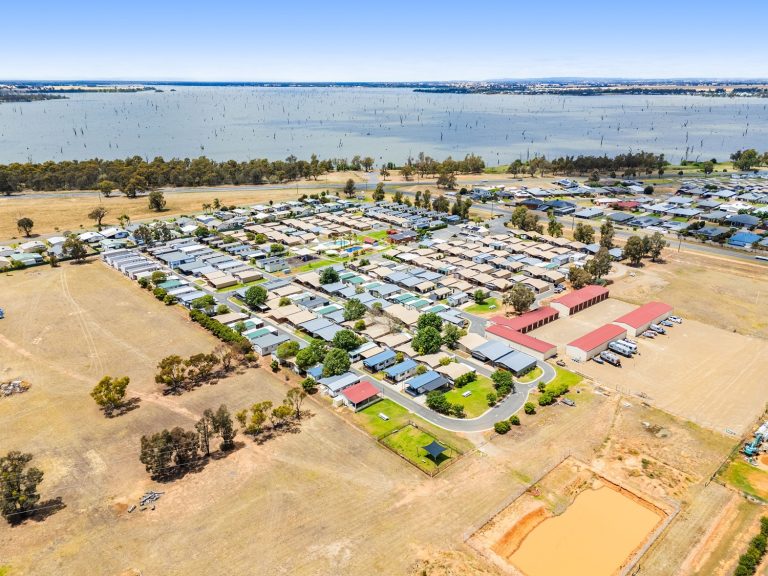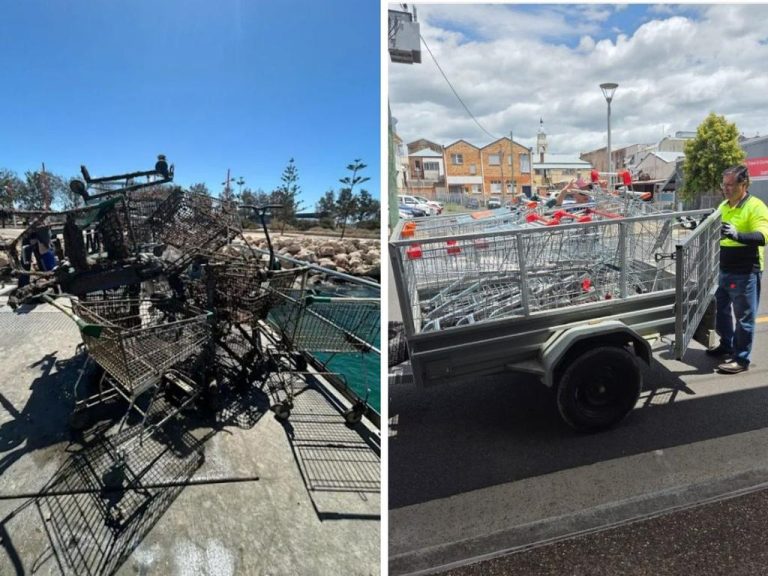Where did it all go wrong for Godfreys?
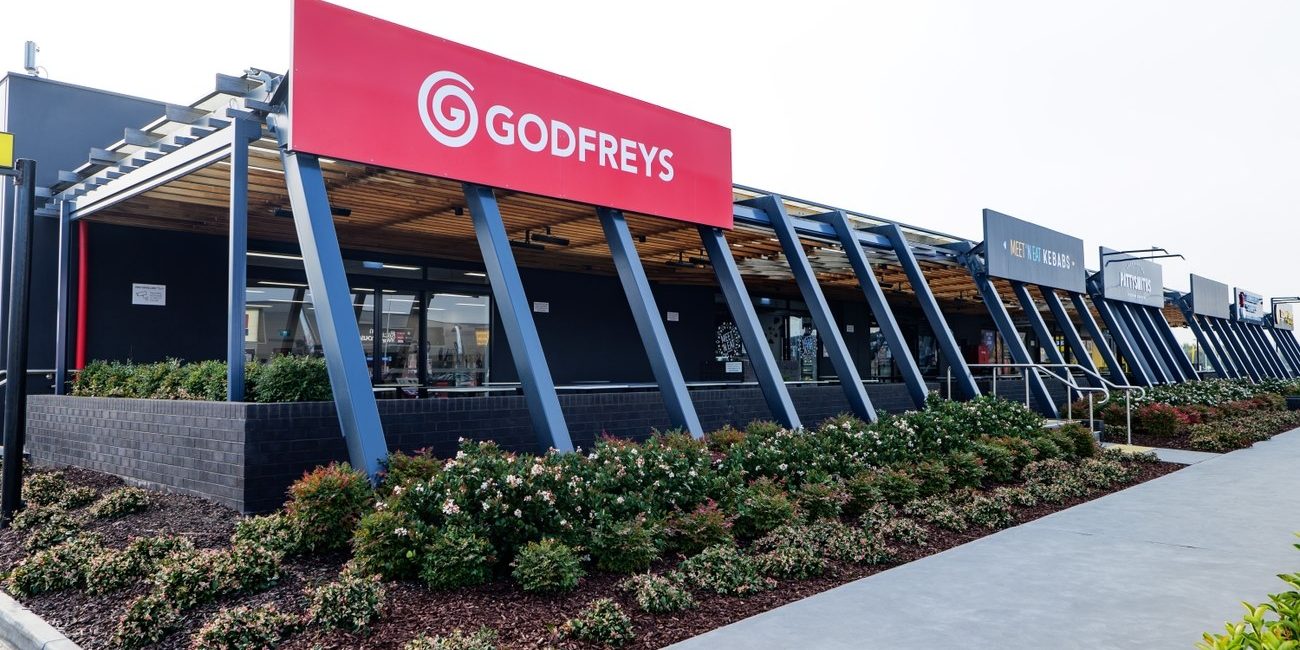
After 93 years in business, Godfreys Group will close for good after the embattled vacuum cleaner retailer failed to find a buyer, with all stores set to close by the end of May.
The specialty business had operated 141 stores with 600 staff before it went into voluntary administration on Jan 30, with another 28 outlets run by franchisees.
Administrators from PwC said with interested parties withdrawing and no satisfactory bids to acquire the Godfreys store network, there was no other option but to wind-down the business.
“This is not the outcome Godfreys had hoped for following a rigorous process to find a purchaser for the business that could keep the store network trading,” administrator Craig Crosbie said.
“In the absence of any further bidders coming forward as intermittent trading continues, the process of closing all remaining stores will progress over the next eight weeks.”
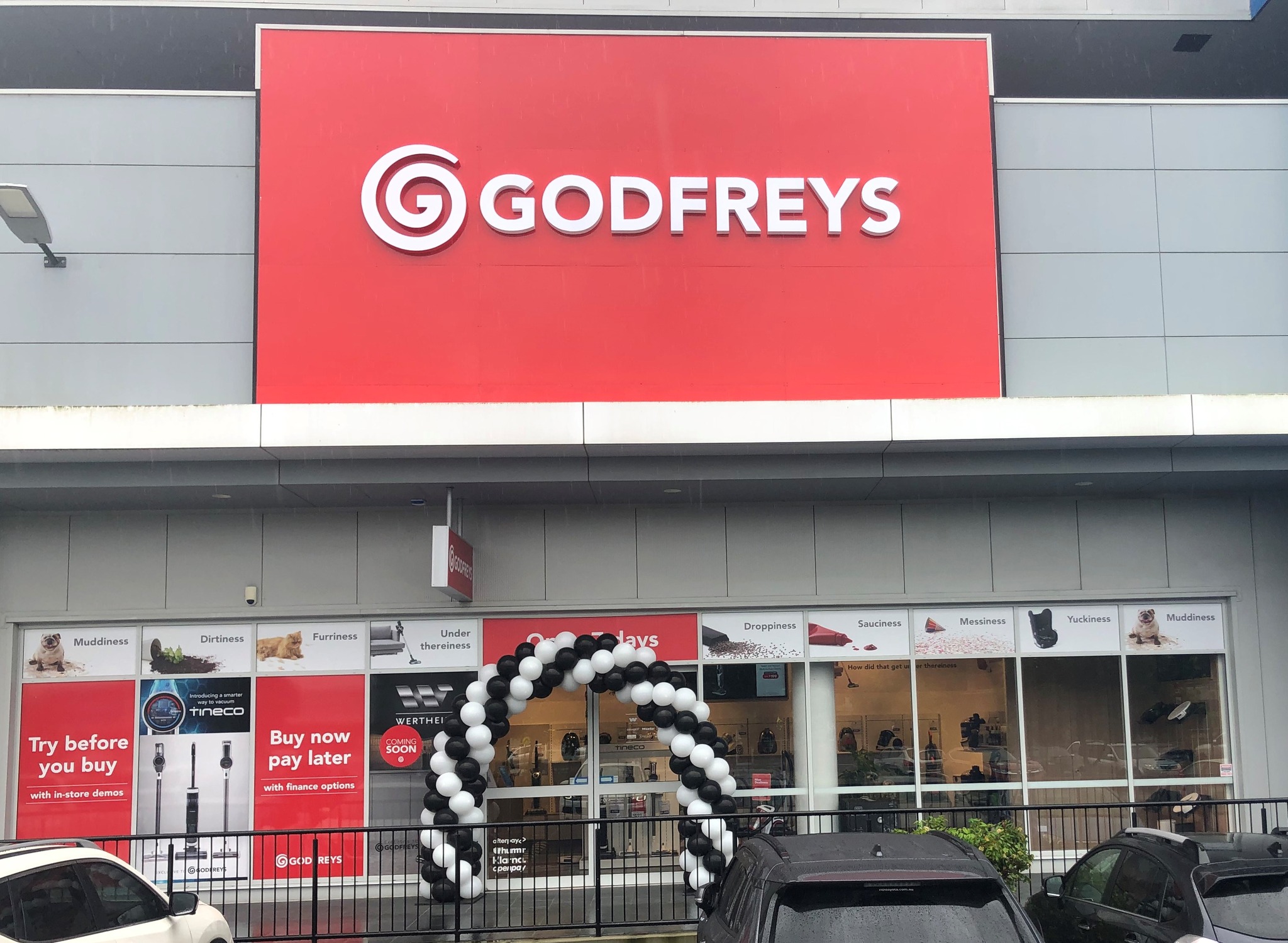
Godfreys Group collapsed after 93 years in business. Picture: Godfreys/Facebook
As reported by the Australian Financial Review, the company’s key shareholder, the Johnston family, had been funding losses for several years, with finances having worsened considerably since 2022, when the retailer breached its contract on an overdrawn $31.3 million loan.
Godfreys’ latest financial report for the 12 months to July 1, 2022, showed a net loss of $4.24 million.
Lawn mowing entrepreneur Jim Penman, of the Jim’s Group, has thrown a lifeline to the sacked Australian Godfreys workers by offering them a free Jim’s Cleaning franchise worth up to $35,000 each.
But the question remains: where did it all go wrong for the once lucrative business?
A struggle to remain relevant
Founded in 1931 by Godfrey Cohen and John Johnston, Godfreys grew into one of the country’s largest vacuum cleaner retailers and supplier of specialist floor cleaning products.
During the 1980s and 1990s, the company became famous for its iconic television commercials featuring former long-time CEO John Hardy, who depicted their vacuums as so strong they could suck up a bowling ball.
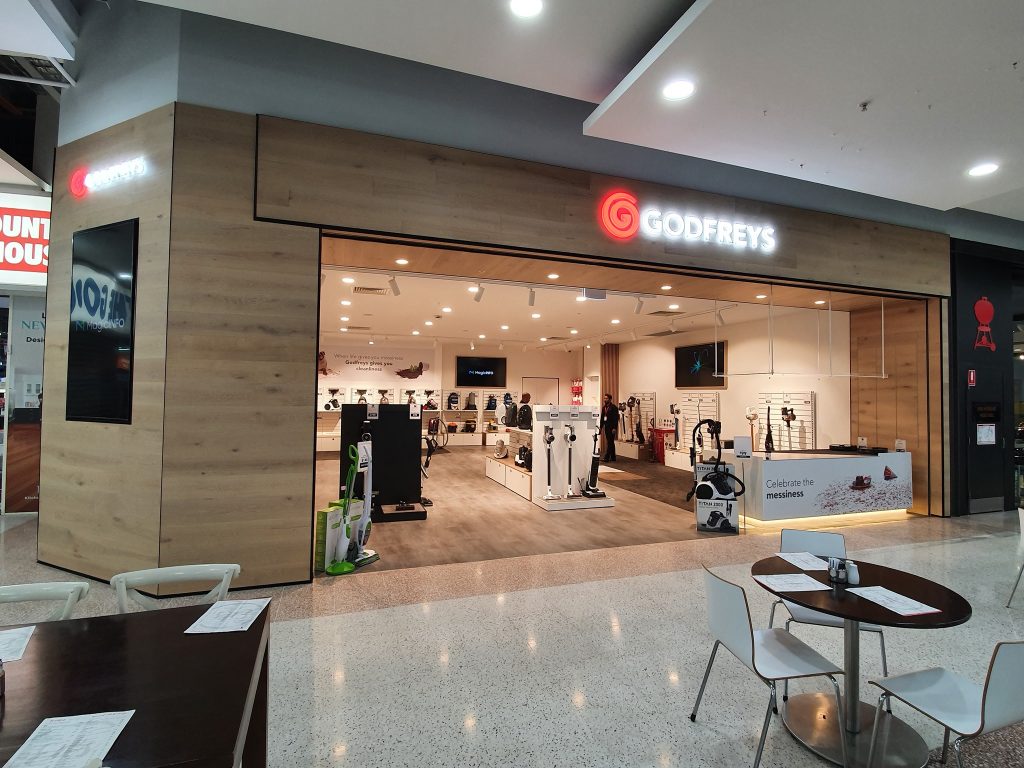
Godfreys had 141 stores before it went into voluntary administration last month. Picture: Godfreys/Facebook
However, in the decades since, the company had struggled to rejuvenate its branding and thus drifted out of touch with consumers – particularly the younger demographic.
“Godfreys is no longer relevant because it has both an outdated product portfolio and outdated marketing,” said Nicolas Pontes, Senior Lecturer in Marketing at The University Of Queensland.
“The association of Godfreys by the younger generation is with their parents – that it’s a brand for older people. It very much holds a ‘this is where my folks used to buy their vacuums’ in the minds of young buyers.”
Jason Ireland, Partner at restructuring and advisory firm McGrathNicol, noted that Godfreys had historically traded as a brand known for its expertise, knowledge and advice.
Younger buyers, however, no longer seek out these kinds of attributes in a retailer.
“They can simply go online to find out all the information they need, or look up customer reviews,” he said.
“The young consumer is far more concerned with price and convenience.”
The end of speciality stores?
As one of the few remaining specialist stores in the Australian market, Godfreys also faced strong competition from retailers such as Harvey Norman, The Good Guys and Bing Lee, who offer multiple electrical and household products.
“These competitors – who bring huge buying power across multiple offerings – have posed a real challenge to Godfreys in recent years,” said Mr Ireland.

McGrathNicol partner Jason Ireland said Godfreys had been known for its expertise, knowledge and advice. Picture: McGrathNicol
Dr Pontes agrees, noting the inconvenience a singular store like Godfreys presents to the consumer of 2024.
“If I’m buying white goods or electronics I want access to a wide range of products all at once,” he said.
No Dyson? No thanks
While Godfreys had enjoyed some success in pushing into the growing robotic cleaner and cordless stick vacuum markets, its profits were ultimately chipped away by not stocking Dyson products.
“Dyson has such a strong and loyal following, which is why they dominate with their sales,” said Mr Ireland. “I’m not across the most recent data, but in 2022, Dyson had something like 40% of the market.”
Dr Nicolas Pontes said the growing popularity of the Dyson combined with the arrival of Amazon in Australia changed the retail game in such a way that Godfreys had little chance of keeping up.
“Dyson very specifically target their market and are good at advertising, he explained. “They are relevant to the customer via email language, offer ease within their online platforms and communicate well through social media.”
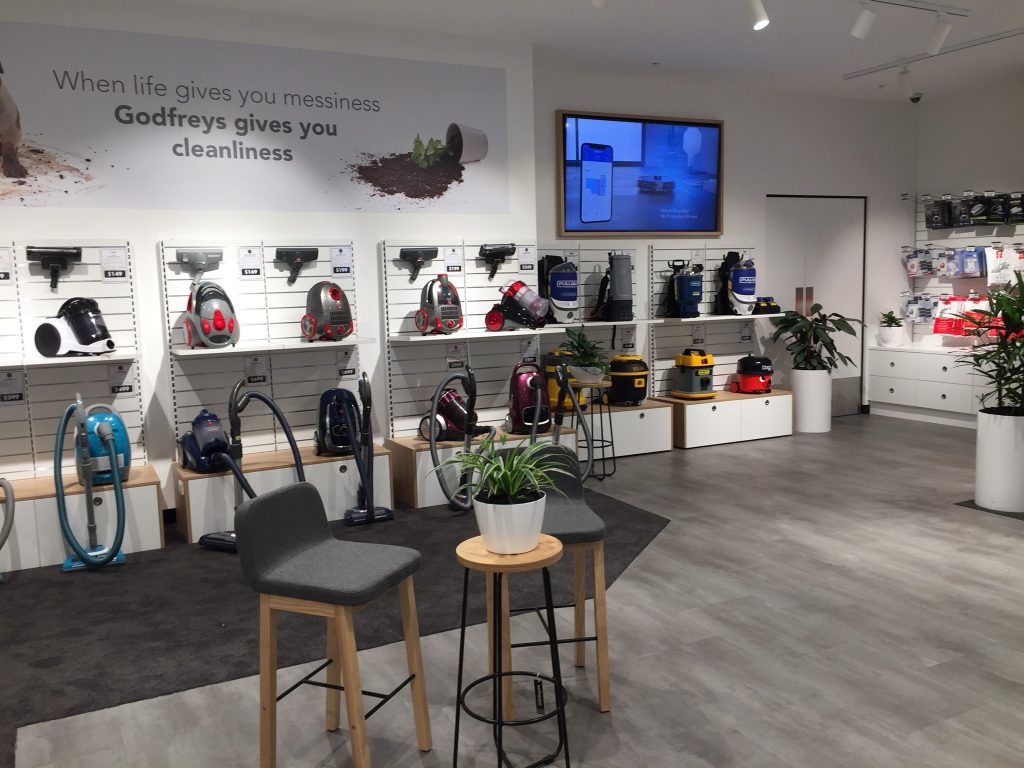
Godfreys was founded in 1931 and grew into one of the country’s largest vacuum cleaner retailers. Picture: Godfreys/Facebook
“And their customer service is second to none,” added Dr Pontes. “They will go well above and beyond to maintain loyalty and retain customers, which can’t really be said for Godfreys.”
The future of Godfreys and traditional retail
While the Godfreys brand will disappear, some franchisees will aim to continue to operate their retail businesses into the future, albeit under different brands.
As for the future of brick-and-mortar businesses, Mr Ireland doesn’t subscribe to the notion that the demise of Godfreys is yet another nail in the coffin for physical retail.
“I think we’re now forever in a multi-channel situation where people will use shops as showrooms to go and do some physical research, then they’ll go back online for more research and purchasing,” he explained.
“Also, when carefully placed, retail stores still provide very valuable advertising for brands.”


